As certain projects appear throughout the year to coincide with calendar-related events, so it goes with Yom Hashoah—Holocaust Remembrance Day—officially commemorated this year on May 5, also Jewish American Heritage Month. With the Hamas terrorist attacks in Israel on Oct. 7 still reverberating in the United States and misguided chants of “genocide” echoing across college campuses, several film and television offerings have been released that recount compelling stories that almost sound contemporary.
They include two TV series based on New York Times bestselling books; a film about a Polish woman who saved a dozen Jews while working as a housekeeper for a German Nazi; another about a British man who saved hundreds of Jewish children during the years of World War II and the Holocaust; and a documentary about Jewish resistance fighters. One more film, the French drama “Farewell Mr. Haffmann” (2024), starring the seasoned actor Daniel Auteuil, is opening nationwide.
“The Tattooist of Auschwitz” (Peacock) began on May 2. The series has six episodes.
Heather Morris acknowledges that she knew little about the Shoah growing up in rural New Zealand when she interviewed Holocaust survivor Lale Sokolov, an Austro-Hungarian-born Slovak Australian businessman whose wife, Gisela (“Gita”) Fuhrmannova, had died. After interviewing him between 2003 and 2006 (the year he died at the age of 90), she wrote a screenplay, though it didn’t go anywhere. Her sister suggested that she write a novel. That book has sold more than 13 million copies and has been turned into a television series.
“I knew I had an incredible story, and I wanted people to know the man who told it to me,” Morris told JNS. “He wanted it to be a movie and be told in greater depth. He wanted people to see it so it would never happen again.”
She said Sokolov was candid with her.
“Here was this beautiful girl, Gita, whose arm he had to tattoo” after she entered the Auschwitz concentration camp, said Morris. “With her head shaven, there was something in her eyes, and he knew he could never love another. Before the war, the guy had been a playboy—a love ’em and leave ’em guy in Bratislava—leading a good life. He became a total romantic, and when the war was over and he looked for her, he felt he would know if she hadn’t survived.”

Premiered at the Museum of Jewish Heritage‒A Living Memorial to the Holocaust in Lower Manhattan, the film’s older protagonist is played with trademark wit and humor by Harvey Keitel, while the younger Sokolov is played with vigor by Jonah Hauer-King. The show vividly portrays an insane world in which a man helps his love stay alive and both manage to survive. It juxtaposes past events with present-day scenes when Keitel’s Sokolov speaks to Morris, played by Melanie Lynskey. The show exemplifies how falling in love in a death camp represents an unbelievable act of defiance.
Hauer-King said he relished the role, though it wasn’t an easy one.
“Part of the challenge is the approach in how you can feel what the character must have felt?” he told JNS. “It stretches you, and you feel like you can burst at the seams. How could anyone possibly imagine living in a hell like this with impossible decisions to make? But in getting to know Lale’s story and his testimony, and speaking with Morris, it was extraordinary that he was able to hold a place in his heart for the woman he loved and the people he wanted to help, despite the whole world being against him.”
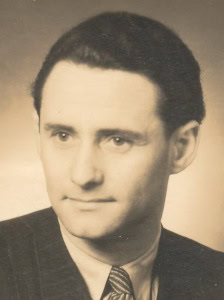
He acknowledged that while nothing can replace a survivor’s living testimony, he knows that TV shows and films impact people. Also of note is a new song by Barbra Streisand for the show, “Love Will Survive.”
“Art and drama have an important role to play,” said Hauer-King. “If it could direct people to educate themselves further—if they fall in love with Lale and Gita’s story—that would be an amazing thing to come of this.”
Director Tali Shalom-Ezer and executive producer Claire Mundell said that it was important to cast Jewish actors in many of the lead roles with Mundell pointing out the significant amount of research involved with filming, including visiting Auschwitz. Shalom-Ezer noted that her grandfather was a survivor, and she admired that Sokolov could tell his story when many survivors were unable to, for one reason or another.
“It’s a story about love, and nothing can be more inspiring than that for me,” said Shalom-Ezer.
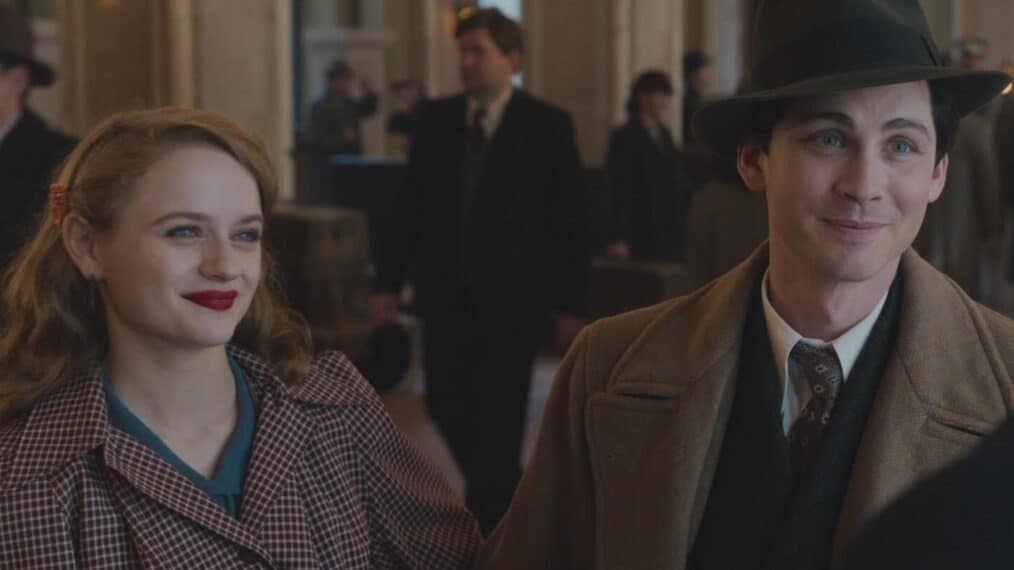
“We Were the Lucky Ones” (Hulu). The eighth and final episode of the series aired on May 2.
“How many miracles can we get?” asks Mila Kurc’s husband Selim (played by “Shtisel” star Michael Aloni) in the seventh episode of “We Were the Lucky Ones.” Based on the book by Georgia Hunter, which has sold more than a million copies, it traces the improbable survival of members of the Kurc family of Radom, Poland.
The Kurcs, led by parents Sol (Lior Ashkenazi) and Nechuma (Robin Weigert), ran a successful textile business when the German Nazi invasion threw the family into chaos. The story follows their five children—Halina (Joey King), Addy (Logan Lerman), Genek (Henry Lloyd-Hughes), Jakob (Amit Rahav) and Mila (Hadas Yaron)—and their partners as they are buffeted by tragic events and separated by war.
Moran Rosenblatt gives a striking performance as Genek’s wife, Herta, who insists on staying with her husband after he is arrested and taken to a Soviet labor camp in Siberia. She becomes pregnant and is shown chopping wood in her ninth month, tired and starving while her husband lies ill. Their choice? Give up or find a way to endure.
“We know so much in Israel about the Holocaust, you’re prepared for this role your whole life,” Rosenblatt told JNS. “The character had no idea about other horrendous things, so I tried to be in the moment, taking food, looking after your loved ones, going through every stage without knowing the worst is still ahead.”
She said some of her ancestors were murdered in the Holocaust, and some who have not been educated have no idea of the depths of evil that took place. What does she hope people take away from the series?
“The power of faith and the power of people,” said Rosenblatt, whose character says “faith is a choice” in the seventh episode.
Fellow Israeli actor Ido Samuel plays Isaac, a member of the Nazi-controlled Jewish police who initially believes that he is doing the right thing but later learns the disastrous truth.
“If you think you’re going to be quiet about antisemitism or hate, and it will go away, it won’t,” he told JNS. “It will only get worse. So, speak up against hatred. Be the light that shines in the darkness.”
Asked about the absurdity that classes at Columbia University have gone online due to a lack of safety for Jewish students with some students being threatened, spit on and assaulted, Samuel replied that while some are exercising free speech, some are simply ignorant, some are breaking rules and those calling for violence are full of hate.
“There are many people who think it’s cool and trendy to be antisemitic after they see something on TikTok,” he said. “But when people scream that they want an entire nation gone or a religion gone, and incite violence … when they tell you that, believe them.”
“Irena’s Vow” (2023)
While many know of Oskar Schindler and Miep Gies, who hid Anne Frank and her family in the attic, the story of Irena Gut Opedyke, another Righteous Gentile, is not well-known. It should be. The young and pretty Polish nurse incredibly saved 12 Jews by hiding them in a basement compartment in a villa where she worked as a housekeeper for a German Nazi. She later agreed to his indecent proposal to save the lives of the Jews.
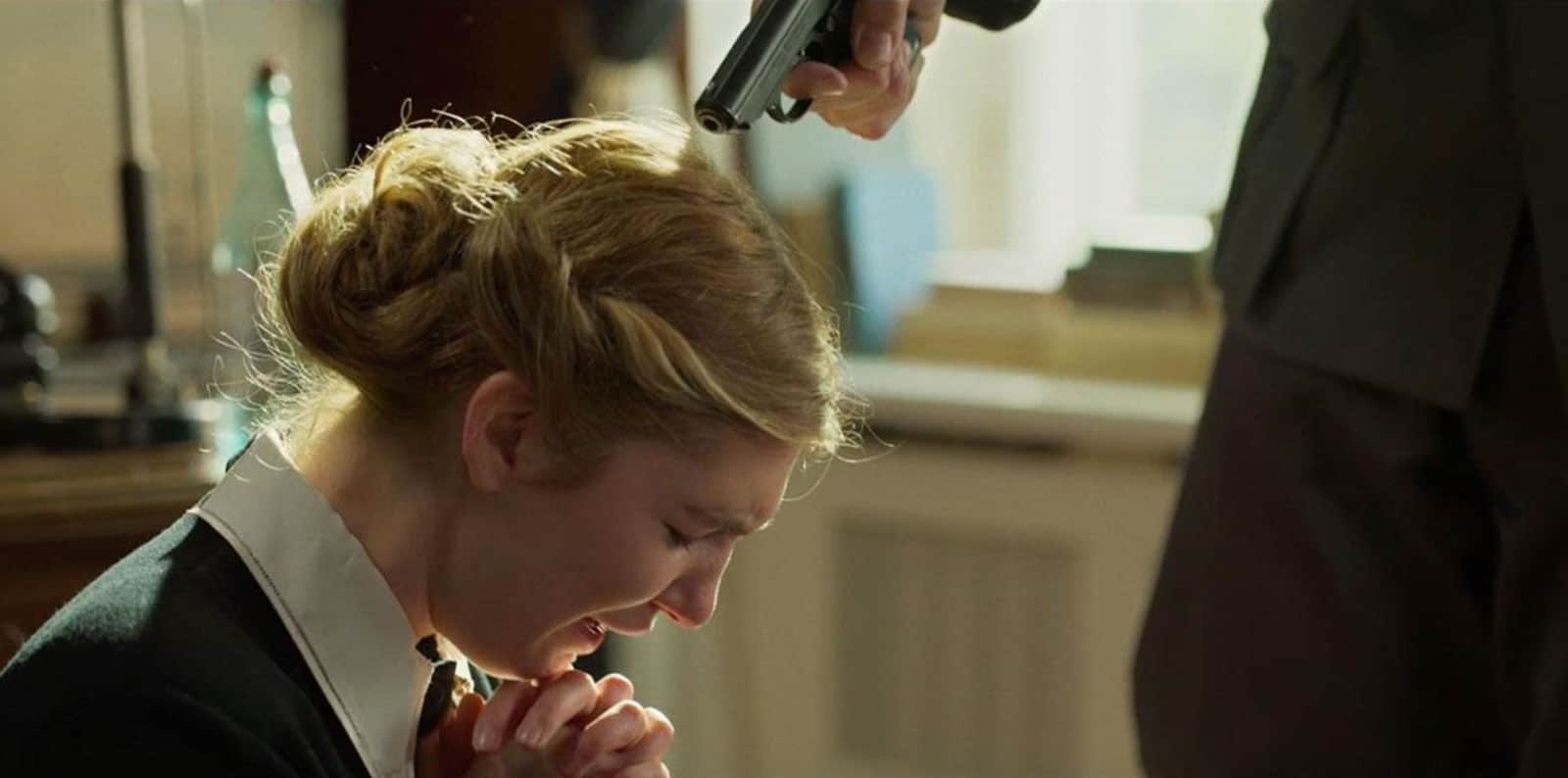
The lead role is played with the perfect blend of innocence and moxie by Sophie Nélisse.
Regarding the treatment of Jews, Irena is told to “be like the monkeys: hear nothing, say nothing.” Due to her excellent German, she moved from working in a munitions plant to serving soldiers meals before being selected as a housekeeper.
She decides to risk her life to save a group of Jews who pretend they have tailoring skills when they don’t. She sees Poles hanged for hiding Jews but remains steadfast. The film is filled with scenes of tension as Irena prevents one of the main soldiers, Maj. Eduard Rugemer (Dougray Scott), from finding out that she is hiding Jews.
The film’s screenwriter, Dan Gordon, said he wanted people to learn about hatred from the past, as he was startled by current events.
“I never thought when I wrote it that I would ever live to see a time when Jews would be hiding in attics again from genocidal mass murderers, burning their way through towns with the intent of massacring them for being Jews,” Gordon told JNS. “But that’s exactly what happened on Oct. 7. This is not a piece of dead history. It is unfortunately the story of a live virus still very much with us, rearing its head in the ugliest fashion.”
Gordon said the woman was made of a different sort of material.
“I knew her very well in the last years of her life,” he said. “When she saw a baby being murdered in front of her and the mother shot, she said, ‘If I had made a sound or tried to interfere, I would have been killed. God doesn’t ask you to do what’s impossible. That’s when I made a vow that if it ever came into my hands to save a life, I would do it. I had a moral obligation to fulfill that vow.’ It was so simple for her. She had the clearest moral compass of anyone I’d ever met.”
In her book, In My Hands: Memories of a Holocaust Rescuer, she writes that at 17, having never even kissed a boy, Russian soldiers raped her and left her for dead in the snow. Eventually brought to a hospital, a Russian man named Dr. Ksydzof attempted to rape her but wised up, she stopped him by hitting him over the head with a glass, she writes.
As to why she would risk her life for strangers of another religion, Opdyke’s daughter, Jeanne Smith, said she stuck to her ideals.
“My mom from an early age was really indoctrinated for the importance of life and caring for people,” Smith told JNS. “And she did have a very strong faith in connection with God.”
Smith said she had no clue what her mother went through until she was 14, when she saw her mother become upset answering a phone call.
“On the other end of the line was a college student,” Smith said. “His assignment was ‘the Holocaust never happened.’ He was literally calling people to see what they thought. This was in the ’70s. She was so shocked that someone who wasn’t alive at the time had been brainwashed into thinking that. At one point, the young man hung up. He didn’t want to listen. My mom hung up the receiver and looked into space and said, ‘All these years I’ve kept silent, I’ve allowed evil, and I’ve allowed the enemy to win. It was right then and there that she made another vow that if there was anybody willing to listen, she would talk about it.”
For a person of any age to do what Opdyke did is astounding, but how did she do it from her teens to the age of 21, facing many obstacles?
“She was a quick thinker,” Smith said. “My mom never faced a problem without figuring out a way around it, over it or under it. She was not one to wring her hands and say she didn’t know what to do. I don’t know if it was instinct or some special thing that she had.”
Gordon said it took 30 years for the film to be made and released.
“Nothing is harder to make than a Holocaust film,” he said. “People don’t want to go to the theater to be distressed. They want to go to be entertained and escape. You’re asking people to sit through something that will challenge them morally, and that’s not exactly Hollywood’s strong suit.”

“One Life” (2023)
Anthony Hopkins stars as Nicholas Winton, a London stockbroker who raised funds to save hundreds of mostly Jewish children, and who had the insight to use pictures and place advertisements to speed up the process. Johnny Flynn plays the younger Nicholas; his mother is played by Helena Bonham Carter.
In the film, a Jewish man warns him in Hebrew: “Don’t start what you can’t finish.” What helped him was a deep understanding of paperwork and bureaucracy. We see Winton working out of a hotel and problem-solving obstacles in his path while pressuring British officials to help as much as possible at a time when America would not take the children. While it is always excruciating to separate kids from their parents, the decision to do so saved many lives.
Directed by James Hawes, the film’s most nerve-wracking scenes involve efforts to transport the youth under such fraught circumstances. It also depicts a tear-jerker real-life moment where the elder Winton, sitting in a BBC television studio, is stunned to learn that the entire audience is made up of the people he had saved when they were children.
The film is based on the book, If It’s Not Impossible: The Life of Sir Nicholas Winton, written by his sister, Barbara. Queen Elizabeth II knighted Winton, who lived to the age of 106, for saving children from Czechoslovakia. Winton was born to Jewish parents, but the family converted to Christianity. In the film, he says he considers himself a “European.”
Flynn stated Winton’s motivation simply: “Because I may be able to do something, I must.”
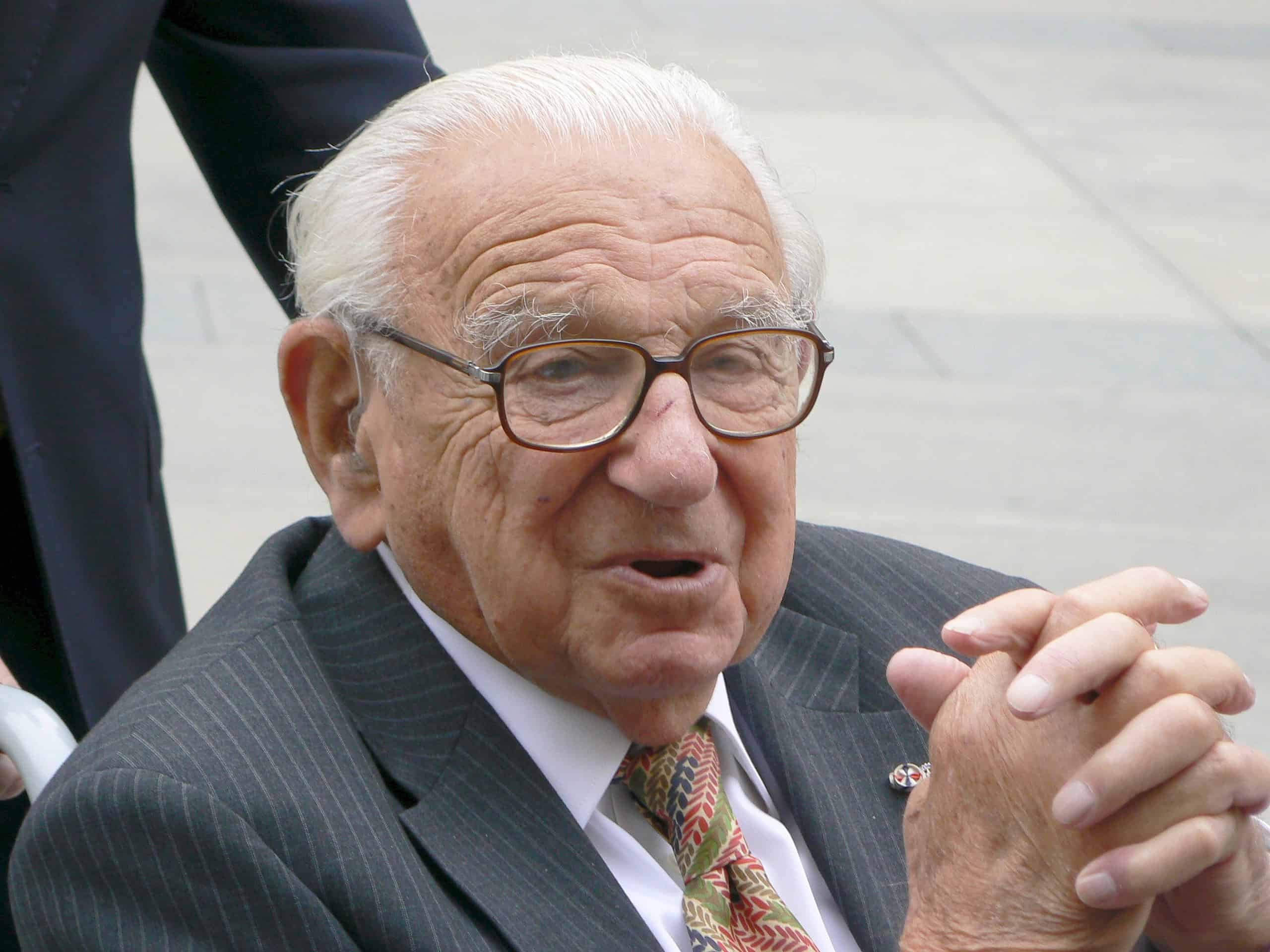
“Resistance: They Fought Back” (2024)
This documentary seeks to dispel the myth that Jews went like lambs to the slaughter. Paula S. Apsell, the director and television executive producer emerita of the PBS science program Nova, said the only resistance she knew of was the Warsaw Ghetto uprising. In 2016, she was in a Lithuanian forest where Nazis and Lithuanians had murdered 70,000 Jews. There was a tunnel that Jews tried to use to escape, and while most were murdered, 12 fled on the last night of Passover.
With geoarchaeology equipment and non-invasive tools, they were able to find the tunnel. Apsell’s mentor, Professor Richard Freund—who had studied 60 Holocaust sites including more than a dozen archaeological projects on behalf of the University of Hartford in Israel and who appears in the documentary—told her to make a film about resistance. He died in 2022.
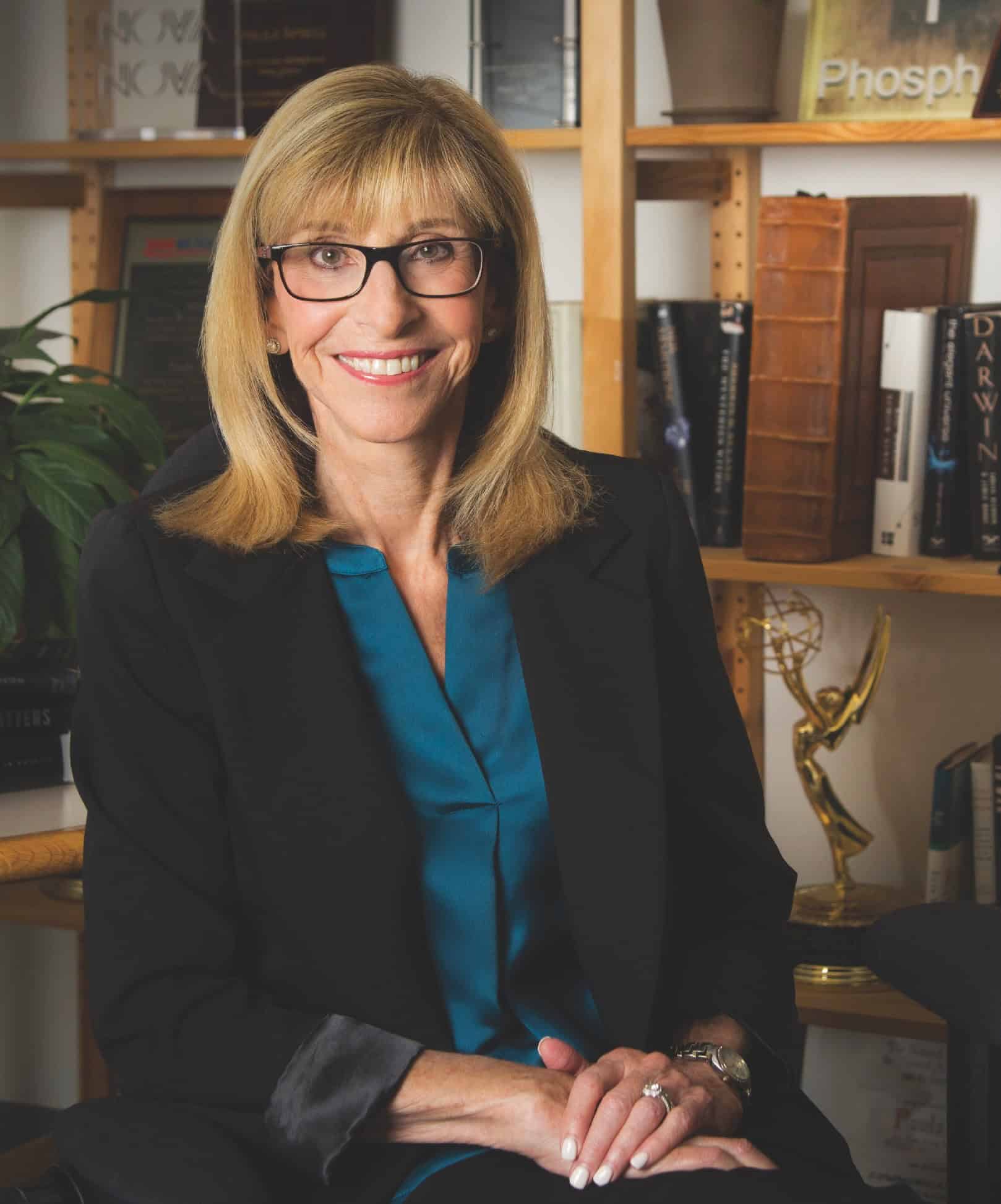
“I can’t tell you how many times I told people I was making a film about Jewish resistance in the Holocaust and people answered: ‘What resistance?’” Apsell told JNS. “It’s a part of Holocaust history that’s very important.”
The film includes the incredible escape from Sobibor, in which Russian soldiers who were Jewish combined with Polish Jewish prisoners in a plan to capitalize on the punctuality of the Nazis and kill SS men as they one by one went to pick up a pair of boots or try on a new coat. The documentary also discusses the revolt at Treblinka.
“Ignorance of the Holocaust is a huge problem,” she said. “But also, ignorance of Jewish resistance—and this idea that Jews were all passive victims—is wrong and dangerous.”
The film also describes the meaning of Amidah (literally, “standing” in Hebrew), a central prayer in Jewish liturgy. It also refers to non-violent resistance to maintaining classes, documenting war crimes and other means that paved the way for armed resistance. It shows that one Jewish man, Marcel Nadjari, who was part of the Sonderkommando (Jews forced to transport corpses and put some in the oven fires) buried a diary that was found in 1980 and is one of nine found.
“He was driven almost to suicide by what he had to do, but they were slaves who worked around the gas chambers, which is horrible enough, but they never did actual killing,” said Apsell.
As to why there seems to be a flurry of Holocaust films out right now, she said it may be due to a delay from the COVID pandemic when some held their projects back.
She also made it a point to note that the Jews who resisted aren’t given enough credit historically. “They’re every bit as heroic as Bar Kokhba or the Maccabees,” she said, referring to Jewish historical military leaders. “It’s very important that young people know these stories.”



